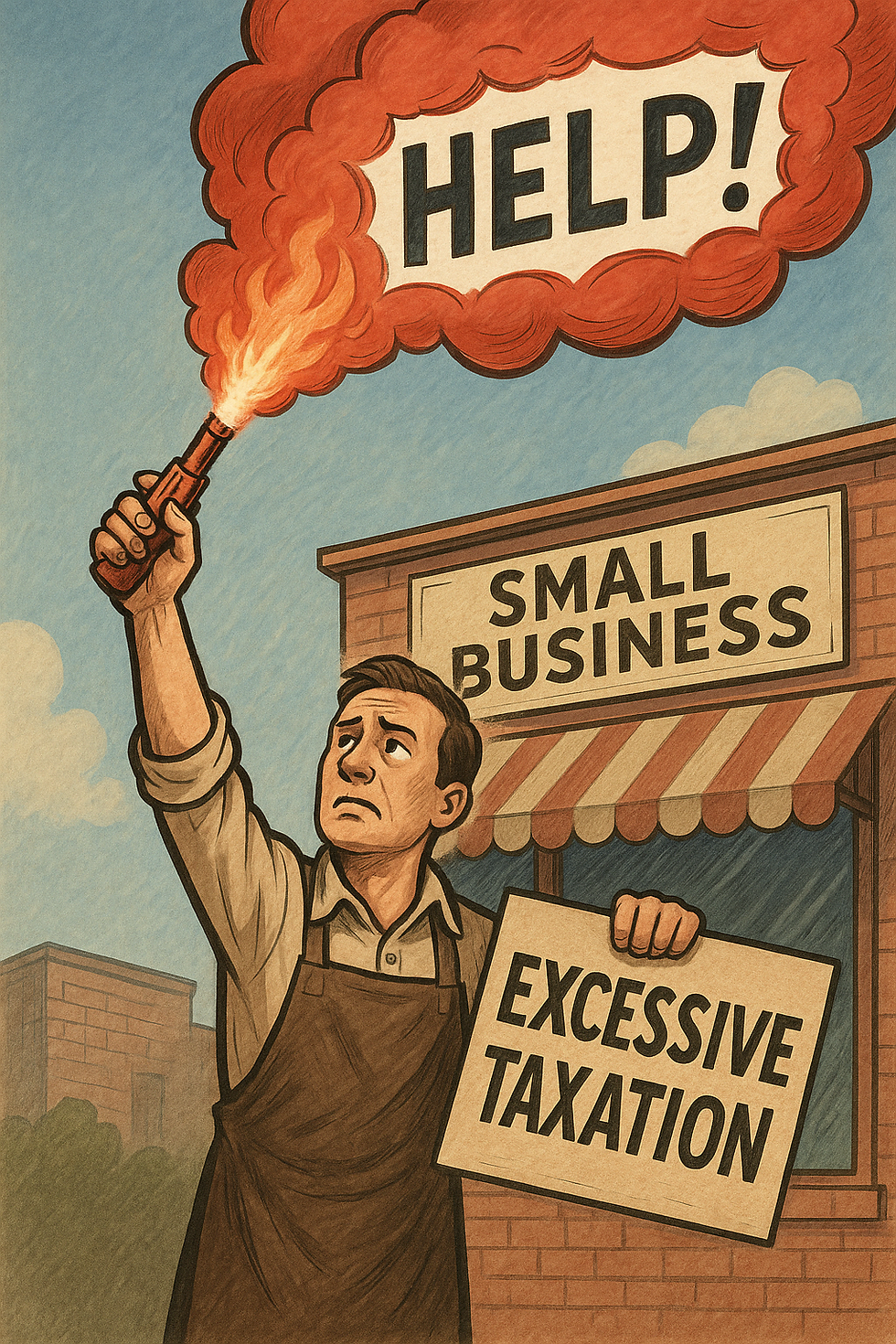Idaho's road network - Part 2
- Bob Pishue

- Sep 8, 2022
- 3 min read
Updated: Jul 21, 2023

Like other states, Idaho’s transportation infrastructure is the backbone of the state’s economy. Much of Idaho’s $77.9 billion Gross State Product relies on the movement of people and goods, whether for employment, agriculture, or general services.
Idaho’s transportation network is comprised of more than 56,000 miles of public road, over 4,400 bridges and 1,700 miles of freight railroad. The need to preserve, maintain and expand infrastructure to accommodate growth throughout Idaho is paramount to ensuring economic growth and competitiveness.
Taxes and fees that fund roads
Including the 18.4-cents in federal taxes per gallon, Idaho drivers pay a total tax of 50.4-cents per gallon in gas taxes. At today’s average, taxes comprise more than 11% of the purchase price of gasoline.
In FY2019, the state imposed more than $256 million in motor fuel taxes, the main source of road and highway funding. Other major sources of funding in FY2019 include $100 million in special fuel taxes (diesel, propane, natural gas, etc.), $99 million in passenger car and truck registration fees and $59 million in commercial truck registration fees.
Fuel taxes in Idaho are governed by the 45th Amendment to the Idaho State Constitution, which protects tax revenue for highway purposes, limiting diversion to other modes of transport.
Road and highway condition
The Reason Foundation, a libertarian think-tank, frequently analyzes road conditions, government spending and cost-effectiveness throughout the United States. Its most recent report ranked states using 13 different performance metrics. It found that Idaho ranked eighth best, Montana ranked 11th, Wyoming ranked 12th and Washington state ranked 42nd – among the worst.
Idaho received exceptional marks in pavement condition on both rural and urban Interstates, ranking first and third nationally, respectively. However, Idaho ranked in the bottom 20 of all states in its overall fatality rate.
How people in Idaho travel
In general, when the people of Idaho commute, they tend to commute via car. In Idaho, 88.4% of commuters take a vehicle (drive alone and carpool), while 6.2% work from home, 2.7% walk, 0.8% cycle and 0.7% take public transportation.
In the capital of Boise, people cycle more than in the state of Idaho as a whole (2.8% of city commuters versus 0.8% of state commuters) and carpooled significantly less (7.3% citywide versus 9.9% statewide). Driving alone is close to the same for Boiseans as it is all Idahoans.

Role of transit in the Treasure Valley
Since 2000, Ada and Canyon County populations have grown 73%, to 972,610 people in 2020. Yet transit ridership has only increased 17%. In addition, operating expenses have more than tripled in that timeframe. This imbalance will continue to put pressure on politicians and transportation officials, as they may consider tax increases or cutting routes to match service with ridership.
COMPASS Idaho, the Metropolitan Planning Organization in the Treasure Valley, states that “COMPASS continually strives to increase transportation funding with new or enhanced revenue sources.” This may include increasing the local tax or fee burden with tolls and the controversial tax on every mile driven.
Conclusion
While Idaho ranks well in terms of roadway and interstate conditions, calls to increase transportation funding continue. No doubt, the rapid growth in the Treasure Valley and the rest of the state is cause for concern in terms of transportation infrastructure.
Policymakers should focus on how people want to travel instead of trying to force people into other modes. As seen in other states’ proposals, transportation officials may look to alternative funding schemes as a way to subvert the “user fee” concept of the gas tax – where drivers pay and drivers benefit – to boost funding to less popular modes of transportation.
We will continue to dig deeper into each of these issues analyzed as the Mountain States Policy Center continues its push to improve the movement of people and goods throughout the state.







Comments